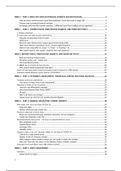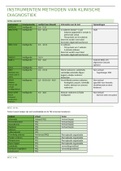College aantekeningen
Summary of all the slides of Financial Markets and Institutions
Summary of all the slides, and I added everything the professor said during the lectures. I studied this summary, together with my summary of all the questions, and I received an 8.5
[Meer zien]





